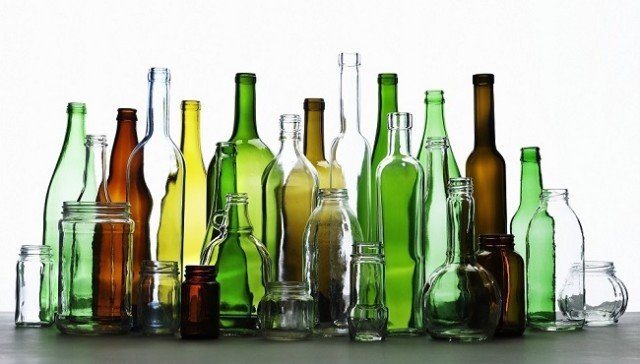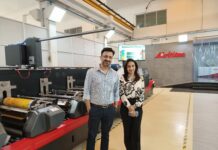In a conversation with Packaging South Asia, Rajesh Khosla, CEO, AGI Greenpac, talks about India’s glass recycling ecosystem, its economic viability, profitability, and the challenges hindering efficient glass recycling. Khosla speaks about the latest technological advancements that are significantly enhancing glass processing to yield higher-purity cullet across the industry.
According to Khosla, glass recycling is economically viable and critical for sustainable growth in India’s packaging sector. Profitability, however, depends on factors such as the quality of the cullet, collection efficiency, and market demand.
“AGI Glaspac’s consistent investments in R&D and manufacturing technology enable us to optimize the use of recycled glass, reducing raw material costs and carbon footprint. Government policies promoting circular economy principles and incentives for recycling will further enhance long-term sustainability and economic returns.”
The glass recycling ecosystem is still developing, with opportunities for enhancement in collection, segregation, and processing infrastructure. While glass is inherently 100% recyclable without loss of quality, challenges such as contamination of waste streams, limited public awareness, and fragmented supply chains reduce recycling efficiency.

However, there has been a noticeable upswing as the industry adapts, he says. “Extended producer responsibility (EPR) regulations are encouraging manufacturers to prioritize glass waste management and recycling. To further spur efficiency and sustainability, it’s crucial to enhance source segregation, formalize and integrate collection networks – potentially with reverse logistics and support for the informal sector – and invest in advanced processing technologies.”
One of the most significant challenges in efficient glass recycling is the lack of source segregation. Community engagement and public awareness campaigns are key to changing consumer behavior and improving the quality of recyclable glass, he said.
Khosla says building a robust glass recycling ecosystem requires collaboration across the value chain. “Glass companies need to work closely with waste management companies, local governments, and industry associations to develop integrated collection and processing systems. These partnerships help streamline logistics, improve recycling rates, and ensure a consistent supply of high-quality recycled glass,” he said.
“Trends such as light weighting, the use of recycled content, and the integration of smart packaging features are gaining traction across sectors such as beauty, beverage, and pharmaceuticals. Glass packaging is increasingly favored for its recyclability, inertness, and premium appeal, making it the material of choice for brands seeking sustainability and differentiation. In cosmetics and skincare, we are seeing a rise in clear glass tubes for products to allow consumers to see the product color and quantity is also on the rise.”
Khosla explains that sector-specific innovations continue to shape the future of glass packaging. In beauty and personal care, violet and antimicrobial glass, often in refillable or co-branded formats, are becoming mainstream. In the beverage industry, the focus is shifting toward returnable bottles, UV-protective coatings, and stronger branding via embossing. In pharma, demand for borosilicate glass and tamper-evident vials is growing, while in FMCG, lightweight clear jars with minimalist designs are trending.
“AGI Glaspac envisions a future where we will not only support packaging production but also become circular economy enablers by processing cullet and feeding it back into packaging loops.”
“Latest technological advancements are significantly enhancing glass processing to yield higher-purity cullet across the industry. Key innovations include advanced optical sorting systems that identify and separate contaminants like ceramics, stones, and metals, as well as different glass colors. These are complemented by automated metal detection and removal systems. Further improvements come from precision crushing and screening for uniform sizing, alongside sophisticated washing and drying techniques to eliminate residues,” he concludes.












